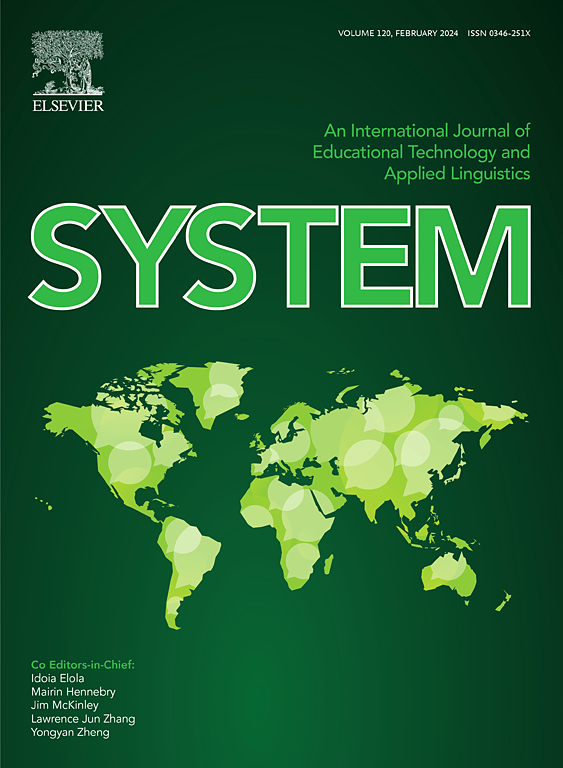Metabolomics, network pharmacology, and microbiome analyses uncover the mechanisms of the Chinese herbal formula for the improvement of meat quality in spent hens
IF 7
1区 农林科学
Q1 Agricultural and Biological Sciences
引用次数: 0
Abstract
Meat originating from the spent hen is an important source of poultry meat production; however, multiple factors cause the decline in the meat quality of spent hens. Chinese herbs have been widely used as medicine for a long time to prevent diseases and as nutrient supplements to improve the product quality. This experiment explored the effects of adding 1.0% Chinese herbal formula (CHF, including 0.30% Leonurus japonicus Houtt., 0.20% Salvia miltiorrhiza Bge., 0.25% Ligustrum lucidum Ait., and 0.25% Taraxacum mongolicum Hand.-Mazz.) for 120 d to the spent hens’ diet through metabolomics, network pharmacology, and microbiome strategies. The results indicated that CHF supplementation improved the meat quality by reducing drip loss (P < 0.05), b* value (P = 0.058), and shear force (P = 0.099) and increasing cooked meat percentage (P = 0.054) and dry matter (P < 0.05) of breast muscle. The addition of CHF improved the nutritional value of breast muscle by increasing (P < 0.05) the content of C18:2n-6, n-6/n-3 polyunsaturated fatty acids (PUFA), total PUFA, PUFA-to-saturated fatty acids (SFA) ratio, and hypocholesterolemic-to-hypercholesterolemic ratio, and tending to increase serine content (P = 0.069). The targeted metabolomics analysis revealed that the biosynthesis of SFA, linoleic acid metabolism, fatty acid degradation, fatty acid elongation, and fatty acid biosynthesis pathways were enriched by CHF supplementation. Furthermore, the network pharmacology analysis indicated that CHF was closely associated with oxidative stress and lipid metabolism. The CHF supplementation increased the glutathione peroxidase level (P < 0.05) and upregulated gene expression related to the Nrf2 pathway (including HO-1, P < 0.05; Nrf2, P = 0.098; CAT, P = 0.060; GPX1, P = 0.063; and SOD2, P = 0.052) and lipid metabolism (including PPARγ, P < 0.05; SREBP1, P = 0.059; and CPT1A, P = 0.058). Additionally, CHF supplementation increased Firmicutes and decreased Bacteroidetes, Spirochaetes, and Synergistetes abundances (P < 0.05), which may contribute to better meat quality. Our results suggest that CHF supplementation improved the quality and nutritional value of meat, which will provide a theoretical basis for the utilization of CHF as a feed additive in spent hens’ diets.求助全文
约1分钟内获得全文
求助全文
来源期刊

Journal of Animal Science and Biotechnology
AGRICULTURE, DAIRY & ANIMAL SCIENCE-
CiteScore
9.90
自引率
2.90%
发文量
822
审稿时长
17 weeks
期刊介绍:
Journal of Animal Science and Biotechnology is an open access, peer-reviewed journal that encompasses all aspects of animal science and biotechnology. That includes domestic animal production, animal genetics and breeding, animal reproduction and physiology, animal nutrition and biochemistry, feed processing technology and bioevaluation, animal biotechnology, and meat science.
 求助内容:
求助内容: 应助结果提醒方式:
应助结果提醒方式:


